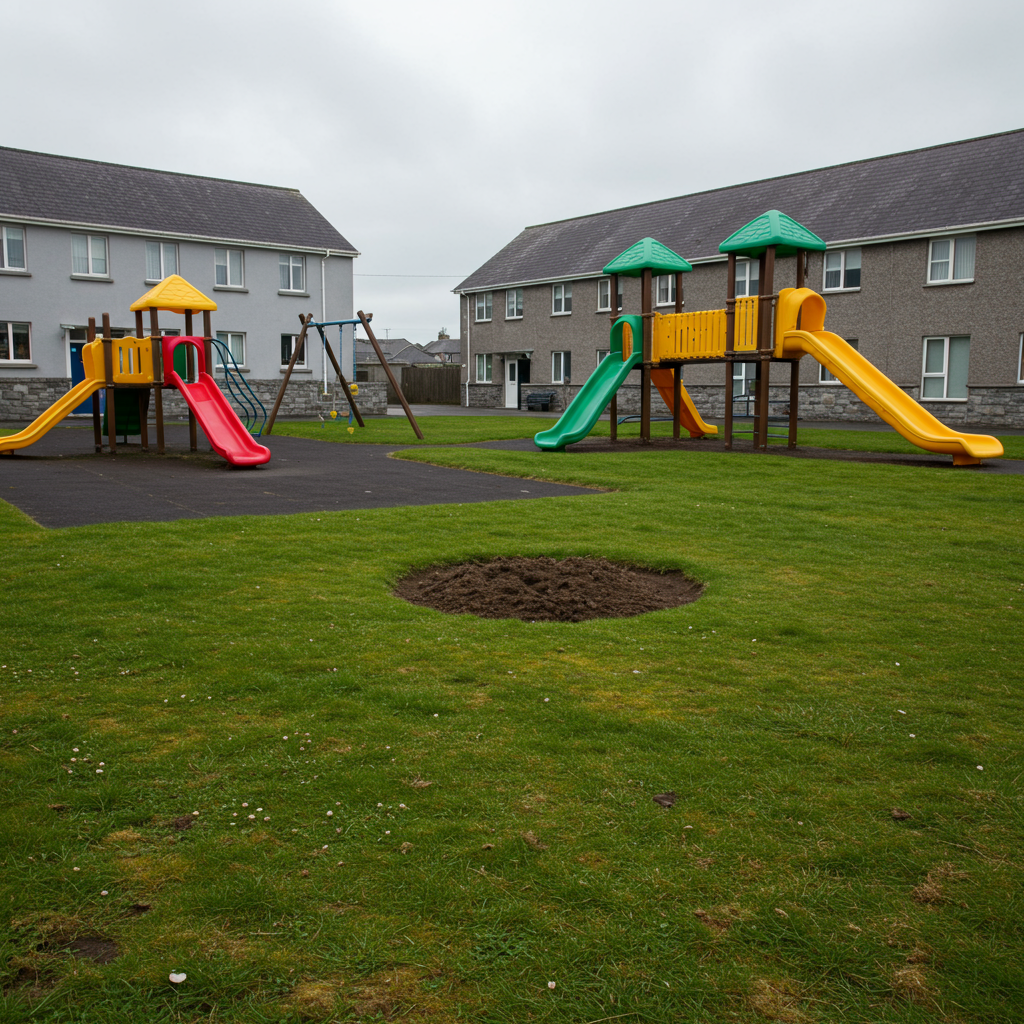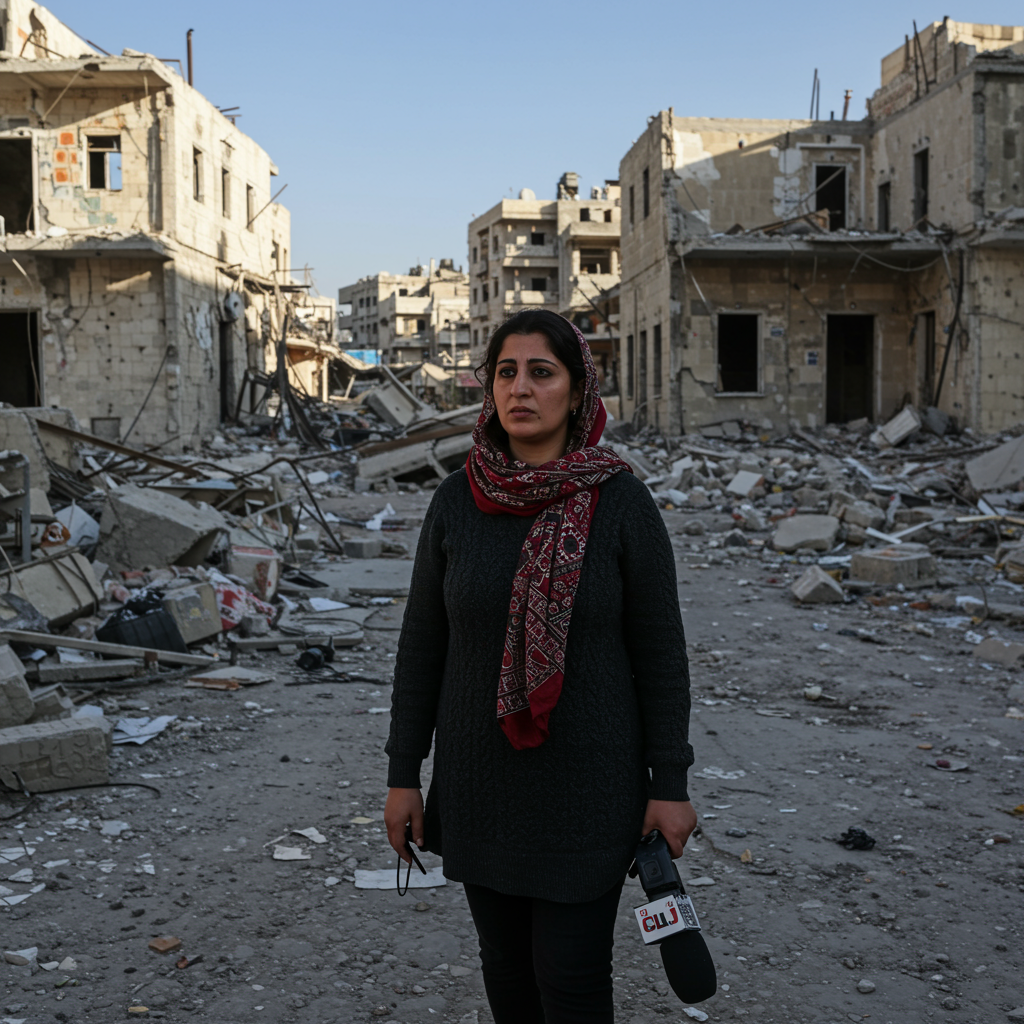In the quiet Irish town of Tuam, County Galway, a shocking historical secret lay buried for decades. Beneath a grassy patch next to a children’s playground, evidence emerged of a mass grave holding the remains of hundreds of babies and young children. These were children who died at St Mary’s, a former mother and baby home run by the Bon Secours Sisters from 1925 to 1961. Now, a complex and unprecedented excavation is underway to uncover the full truth of this deeply tragic past.
St Mary’s home housed thousands of women and children during its operational years. Many women placed there had become pregnant outside of marriage. Society often shunned them, and the institution frequently separated them from their babies after birth. Life inside the home was harsh, marked by neglect and stigma, as recalled by survivors like PJ Haverty, who spent his early years there. He remembers the “home children” being treated differently, even segregated at school break-times. “You were dirt from the street,” he said, reflecting on the pervasive sense of shame and isolation. This feeling often remained with survivors long after they left the institution.
The scale of death at St Mary’s was profoundly disturbing. According to official death records, 796 babies and young children died within the home’s walls between 1925 and 1960. The causes of death frequently included infectious diseases prevalent at the time, such as measles, whooping cough, influenza, tuberculosis, and bronchitis. However, despite these official death registrations, a crucial piece of the puzzle was missing: there were no corresponding burial records in local cemeteries for hundreds of these children.
The truth began to surface thanks to the tireless work of local amateur historian Catherine Corless. Her interest in the history of St Mary’s home grew from researching her local area. Initially, she encountered silence and suspicion when making inquiries about the children who died there. Officials and the religious order claimed no records existed regarding burials, fueling Catherine’s determination to uncover the fate of these lost children. Her breakthrough came through meticulous research, piecing together old maps and local accounts.
Catherine discovered that a 1929 map of the site showed the children’s home adjacent to a structure labelled “sewage tank.” A later map from the 1970s, after the home was demolished and a housing estate built, showed the same area with a handwritten note: “burial ground.” This location aligned with a local account from the mid-1970s. Two boys playing on the site had found bones after lifting a broken concrete slab near a grotto. While the remains were initially dismissed as famine-era burials, Catherine knew famine victims were buried elsewhere. Her suspicion grew when she obtained the comprehensive list of the 796 children who died at St Mary’s and found no burial records for them in any local cemetery.
Further corroboration came from an eyewitness. Mary Moriarty, who lived near the site in the 1970s, recounted a deeply distressing experience. After children found a skull, she investigated the area and fell into a hole. Inside, she saw “hundreds” of tiny bundles, wrapped in cloth and packed in rows. She later realized these were the remains of babies. Her testimony horrifyingly matched the growing evidence that children from the home were buried in an unmarked, mass grave on the grounds, possibly within the confines of the former sewage tank.
Catherine Corless’s findings, brought to international attention around 2014, initially met with disbelief and hostility in Tuam. The idea that hundreds of children could be buried in such a manner was difficult for some to accept, and an amateur historian uncovering such a scandal seemed improbable to many. However, her persistent research and the weight of the evidence she compiled could not be ignored.
In 2017, an official government investigation confirmed the presence of human remains at the site. Test excavations found “significant quantities of human remains” in the structure Catherine had identified. Critically, forensic analysis determined the remains were not from the famine era. The age range of the deceased was established as being from approximately 35 foetal weeks to two or three years old. This tragically aligned with the ages of the children who died at St Mary’s Home.
The confirmation galvanized survivors and relatives who had long sought answers. A strong campaign pushed for a full excavation of the site to recover and identify the children. Among the campaigners was Anna Corrigan, who discovered as an adult that her mother had two sons, John and William, at St Mary’s in the 1940s. John died at 16 months, with his death certificate listing shocking causes of death, including “congenital idiot” and “measles.” An inspection report described John as healthy at birth but severely emaciated later. William’s fate remains unknown to Anna, who reported him missing. Relatives like Anna desperately seek the truth about their loved ones’ burials and hope for proper recognition.
Now, a full-scale excavation is finally underway at the Tuam site. This project is complex and unprecedented globally. Led by Daniel MacSweeney, who has experience recovering remains in conflict zones, the on-site work is expected to take about two years. Recovering infant remains is incredibly challenging; an infant’s femur, the body’s largest bone, is only the size of an adult’s finger.
The primary goal of the excavation is the careful recovery and identification of the children. This will involve extensive DNA analysis. Samples are being collected from relatives hoping to identify their lost family members. The difficulty of this task cannot be overstated, given the nature of the burial and the passage of time. However, for relatives, the excavation offers the first real chance for truth, recognition, and the possibility of giving the children a dignified burial they were denied in life.
In the wake of the scandal and the findings of a state commission, apologies have been issued. The Bon Secours Sisters, acknowledging their role in the suffering, contributed €13 million to a state compensation scheme for survivors and €2.5 million towards the excavation costs. Galway County Council, which owned the institution, also acknowledged its failings in ensuring proper burial dignity. While these apologies are steps toward accountability, for many survivors and relatives, they can never fully atone for the systemic failures, institutional inhumanity, and profound loss endured. The excavation is a vital step in confronting this dark chapter of Irish history. It aims to ensure the children of Tuam are remembered, identified if possible, and finally laid to rest with the respect they deserve.
Frequently Asked Questions
What was the St Mary’s Home in Tuam and who ran it?
St Mary’s was a mother and baby home located in Tuam, County Galway, Ireland. It operated from 1925 to 1961 and was run by the Bon Secours Sisters, a Catholic religious order. The institution primarily housed unmarried pregnant women and their children during a period when there was significant social stigma attached to births outside of marriage in Ireland.
What led to the discovery of the mass grave at Tuam?
The discovery was primarily the result of extensive research by local amateur historian Catherine Corless. She uncovered death records for 796 children at St Mary’s between 1925 and 1960 but found no corresponding burial records elsewhere. Her research, including comparing old maps that labelled the site area first as a “sewage tank” and later as a “burial ground,” pointed to unmarked graves on the home’s grounds. This was supported by earlier accounts, including a 1970s eyewitness testimony of finding “hundreds” of infant remains in a hole on the site.
What is happening now at the Tuam site, and why is identification difficult?
A full-scale excavation of the site is currently underway. The goal is to carefully recover the human remains found there, which were confirmed by a 2017 government investigation to be children aged from late fetal stage up to about three years old. Identification is extremely difficult due to the commingled nature of the remains, their fragile, tiny size (an infant femur is like an adult finger), and the passage of time. The process involves detailed excavation techniques and hopes of using DNA analysis with samples from relatives.



